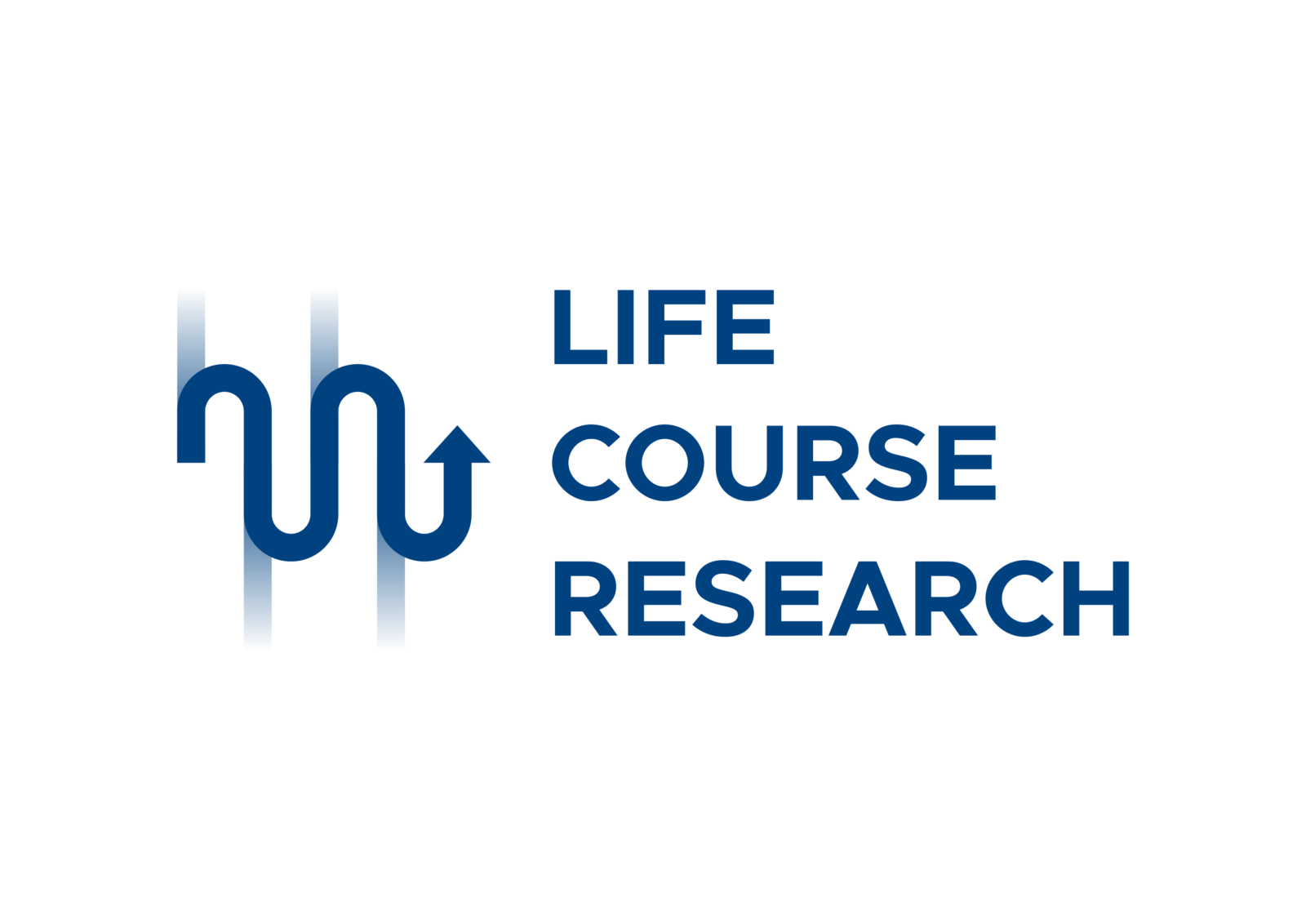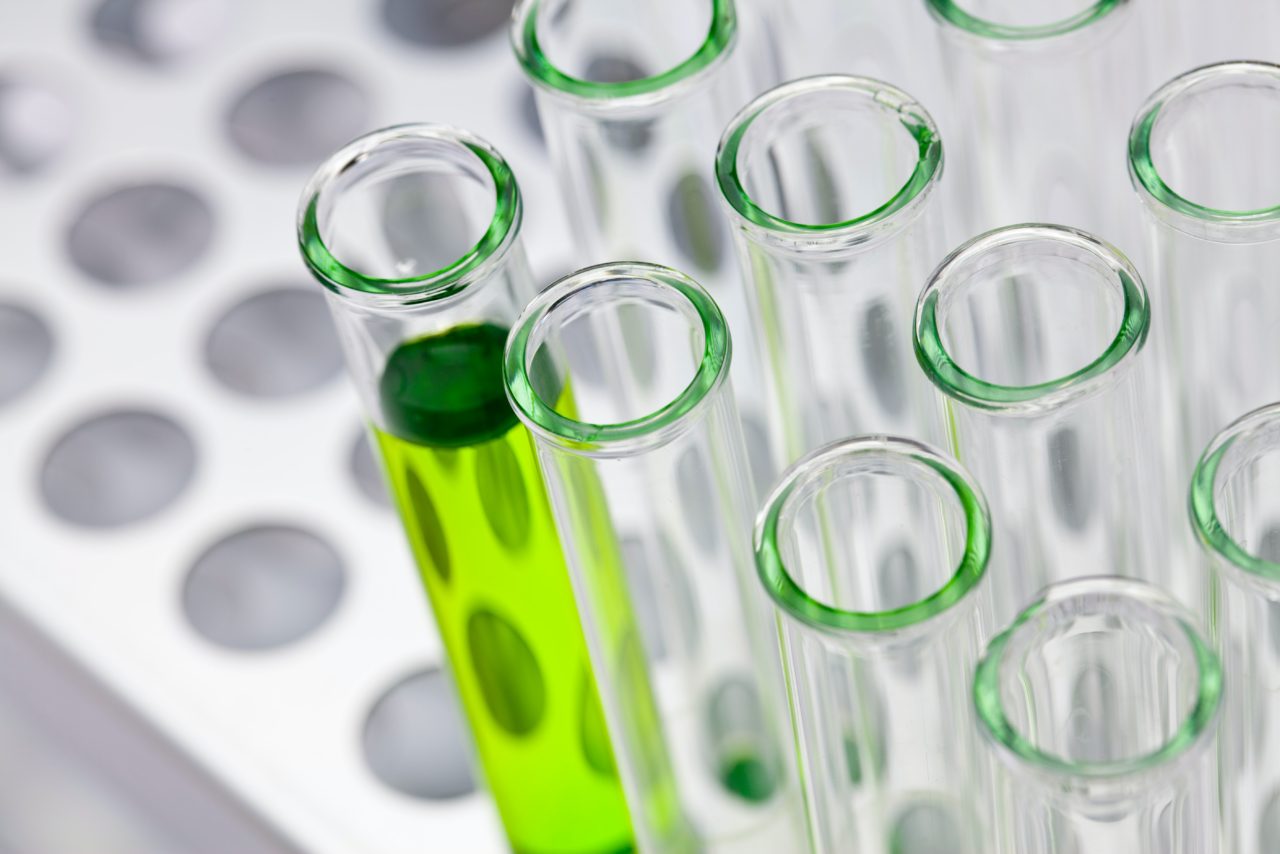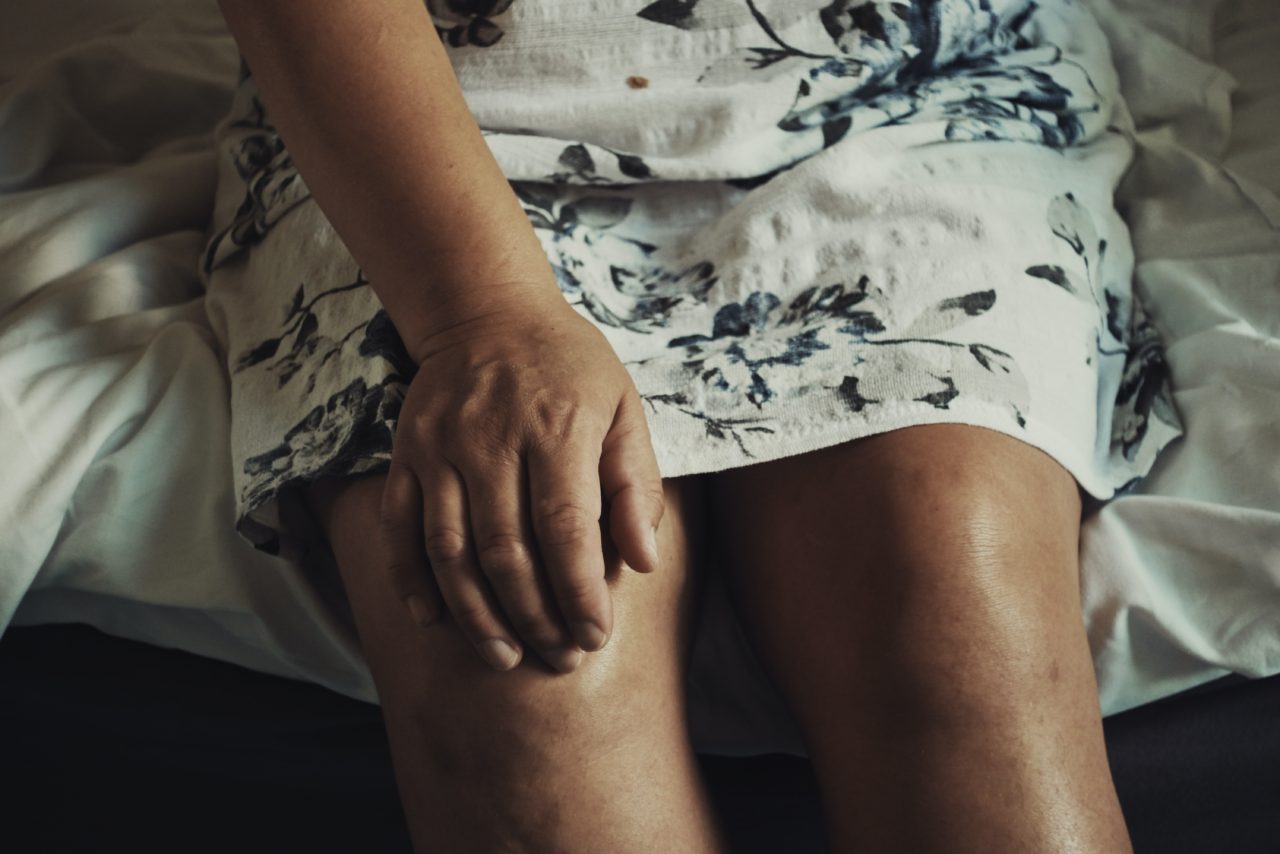Breast Cancer Survivorship, Quality of Life, and Late Toxicities
Breast cancer is the most frequent cancer in women: in 2018, almost two million cases have been diagnosed all over the world and it represents the principal cause of death from a neoplastic disease in women. In the past years, breast cancer prognosis has significantly improved over time: currently 5-year survival rates are in the range of 90%, and 10-year survival is about 80%. This improvement has been mostly observed in western countries, due to high coverage and compliance with screening programs, leading to early diagnosis, i.e., when the disease is at a subclinical level, and to an improvement in tumor molecular characterization and innovative systemic treatments. Yet the identification of different biological breast cancer subtypes prompted the development of innovative targeted agents and improved treatment personalization. On the other hand, longer survival rates and increasing proportions of cured patients require dedicated strategies to manage long-term sequelae of breast cancer treatments, with particular attention to quality of life. This review analyzes the most important issues, potentially occurring with cancer treatments, concerning long-term sequelae and quality of life, to define a global approach to breast cancer survivorship.
Reference:
Nardin S, Mora E, Varughese FB, D'Avanzo F, Vachanaram AR, Rossi V, Saggia C, Rubinelli S, Gennari A. Breast Cancer Survivorship, Quality of Life, and Late Toxicities. Front Oncol 2020; 10: 864



